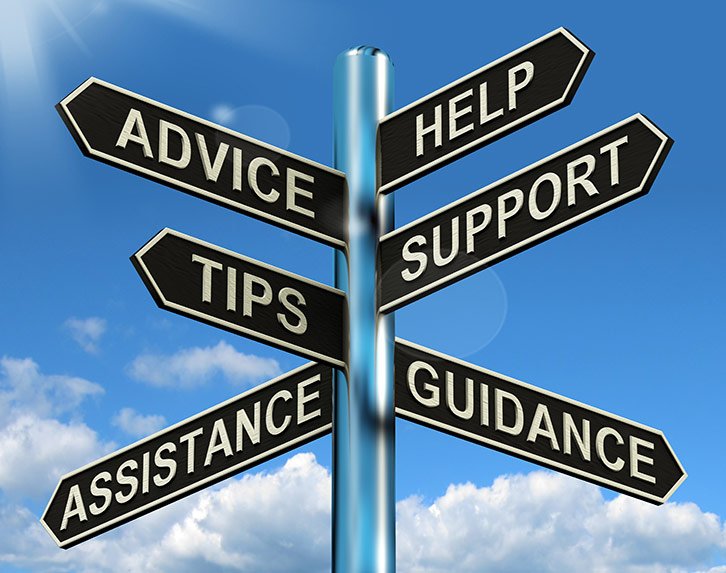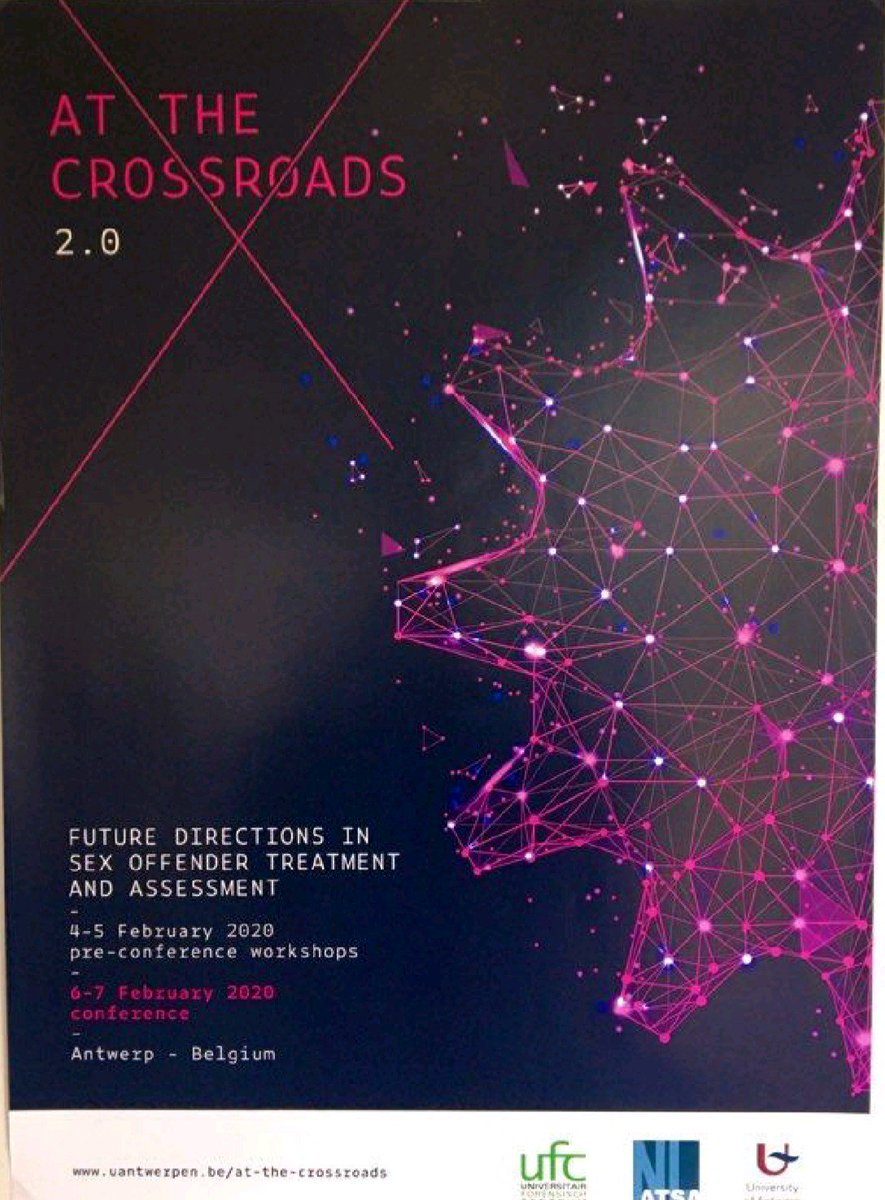By Ken McMaster & Mike Cagney (Hall McMaster & Associates Limited)
The world has changed rapidly within a short period of time as a result of the Covid 19 pandemic. We can anticipate that in times of uncertainty, where pre-existing issues exist within relationships such as family violence, that risk is likely to increase in the short term. This is due to several factors such as financial concerns and worries, quarantine back to a single place such as the family home, unemployment/underemployment, and general feelings of unwellness for those infected. These contextual issues can put severe pressure on relationships. This, therefore, is a time to support those at risk, in order to minimise harm to others.
We have gone back to first principles and have developed a resource that can guide conversations with those at risk.
- The foundations of assessing risk: Static, stable, acute and protective factors
- Looking for signs of safety as a way of bringing information together
- Considering robust conversations around risk and safety through this period (refer to the COVID-19 questionnaire proposing lines of inquiry to ‘open up’ conversations with clients).
We invite you to use the tool and adapt accordingly to the populations you are working with. There will be other risk factors that exist across diverse populations including LGBTQ, where women are the main perpetrator of abuse, and in the area of male survivors of sexual and domestic violence. We invite those working with these populations to adapt these ideas accordingly. The factors outlined are developed from our own experience and therefore skewed to a male population who engage in abusive practices.
There are some caveats to this document:
- We put this together quickly to provide a resource for workers to support family/whanau through this unprecedented time. This ‘pocket tool’ is not designed to replicate existing risk assessment tools/instruments and should be used in conjunction with fuller assessment tools.
- Recognising that in ‘lockdown’ conditions many workers may not have access to all assessment materials, this ‘pocket tool’ has been developed for front-line for workers in the men’s violence field to have a quick reference framework, to review caseloads and assess ‘in the field’ potentially acute-risk situations.
- We are also aware that situational risk factors as noted above (financial concerns and worries, quarantine back to a single place such as the family home, unemployment/underemployment, and general feelings of unwellness for those infected) are likely to put significant strain on family that don’t have a history of abusive practice. We may, therefore, see a group of people who would not normally present to our organisations.
- We believe that everyone working on the frontline should seek supervision/consultation through this time. When faced with an imminent risk situation calling the Police should be the first point of contact.
- Where issues specific to sexual harm, risk, and danger for children or adults occur, we advise you to consult and engage services and assessment tools specific to that field of practice.
- We have appreciated feedback from a range of people who took the time to raise a number of issues about the original document. We have considered this feedback and be more explicit regarding the target group whom we deem at the highest risk of abusive practice/family violence during this period. The purpose of this ‘pocket tool’ should be used as a guide to conversations that workers could have with people on their caseload already.
Static, Stable, Acute and Protective Risk Assessment
Not everyone who has used abusive practice/family harm is at risk of escalation during this period of time. In order to understand good risk assessment, we can think about four factors that intersect and change, depending on what is happening in somebody’s life. The framework below has been developed in relation to men’s risk of violence towards others. There will be unique factors that exist across diverse populations including LGBTQ and where women are the main perpetrator of abuse.
Static risk factors or what is commonly known as tombstone factors are unchangeable. These relate to historic aspects in someone’s life such as early childhood trauma, witnessing family violence as a child, early onset of abusive behaviour within relationships, nature, and severity of abusive behaviour, violence across multiple relationships, et cetera. We always say that these factors are the best predictor of future behaviour. They provide our starting point and who we should take a closer look at, given that the collective impact of these behaviours means that a person has a higher probability of being abusive in the future. It doesn’t mean they will, it does mean they may have a higher propensity.
Stable risk factors are what I might describe as the big drivers for abusive behaviour. These include attitudes and beliefs about violence as a problem-solving method, attitudes towards women, peer relationships, emotional regulation skills, relationship to addictive substances, and adult attachment issues. Effective interventions attempt to undermining and disrupt these drivers of behaviour, thereby reducing the influence of these factors.
Acute risk factors move quickly. These can be seen as subgroups of stable risk factors and include issues such as jealousy, substance misuse, escalation in disagreements, while static and stable indicators help us to predict issues of severity and frequency of behaviour, anticipating acute issues is the key to reducing the immediate risk of harm.
Protective factors act as a buffer to the static, stable and acute risk issues. These include attitudes of respect, problem-solving skills, emotional regulation, cognitive coping, distress management, and lifestyle management.
Signs of Safety (adapted from Turnell and Edwards 1999)
Signs of Safety is a social work tool and framework to engage ‘with clients’ and encourage detail and summary of risk and protective factors. We use the Signs of Safety tool to summarise and promote thinking of the detail of static-stable- acute risk and to promote reflection focused conversation. As such, the framework essentially aids the formulation of the ‘picture’ of risk.
Signs of Safety recognises professional judgement is inherent in assessment and needs to be combined with actuarial tools used – a balance to each other, as it were. Similarly, actuarial tools without an appropriate structured ‘interview / engagement / interpretation’ can produce skewed results. The tool is not, therefore, intended to have an actuarial outcome measure but to promote a reflection-discussion of the question, ‘What is the risk picture here?’ and the judgments or ‘calls’ you make as practitioners.
Too often assessments only focus upon the ‘risks’. This framework invites the practitioner to weigh also to consider ‘what is protective’? Such questions are perhaps, never more relevant than in this lockdown circumstance and ironically staying in ‘bubbles of safety’, where clients and practitioners are dealing with risk in real-time. The COVID-19 questionnaire invites where possible, to open this inquiry with the client, and the two-scale questions on the Signs of safety form, aim to promote well-considered judgment.
If necessary, we urge engaging much fuller tools (in New Zealand, for example, the Ministry of Justice Code of Practice for Assessment). They require the ‘inherent professional judgment’ when interpreting what the ‘risk -picture’ looks like and respond to any changes in acute risk accordingly. We also strongly suggest staff seek supervision and ask the question “Is there another way I should be looking at this situation?”
The tool is intended as a framework guideline and we offer this ‘open source’ to fellow practitioners in the front-line. We wish you safety and wellness in these demanding and perplexing times.
The Framework and Principles for Assessment of Men’s Acute Violence in Relation to Covid 19 can be found here.
Reference:
Turnell, A. and Edwards, S. (1999) Signs of Safety A Solution and Safety Oriented Approach to Child Protection Casework, W.W. Norton and Company







